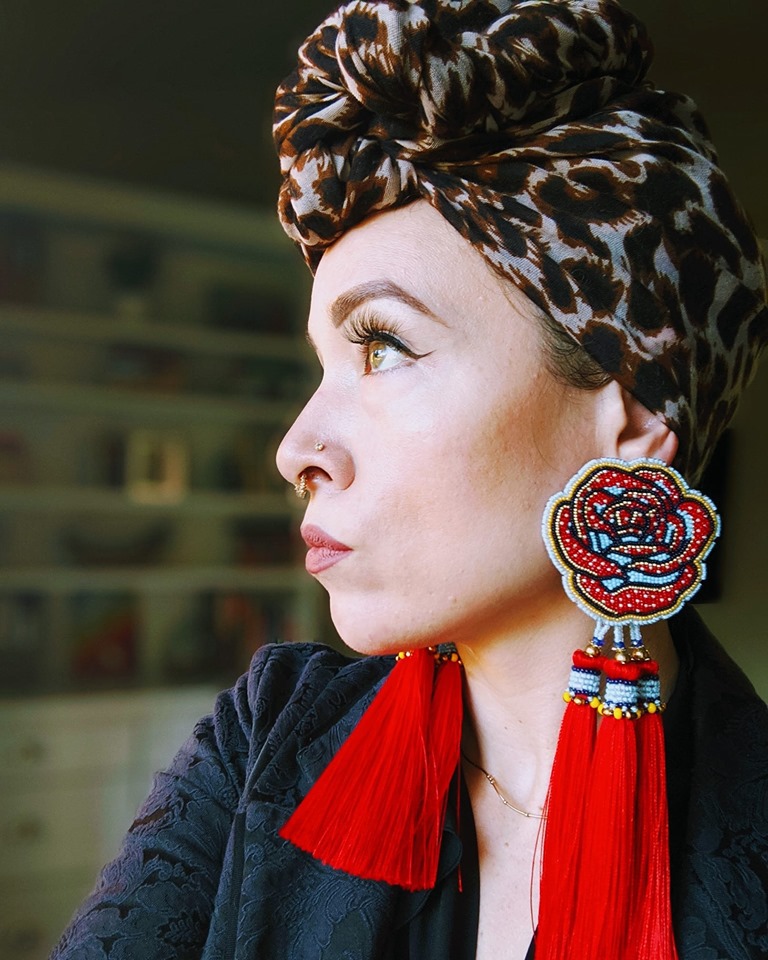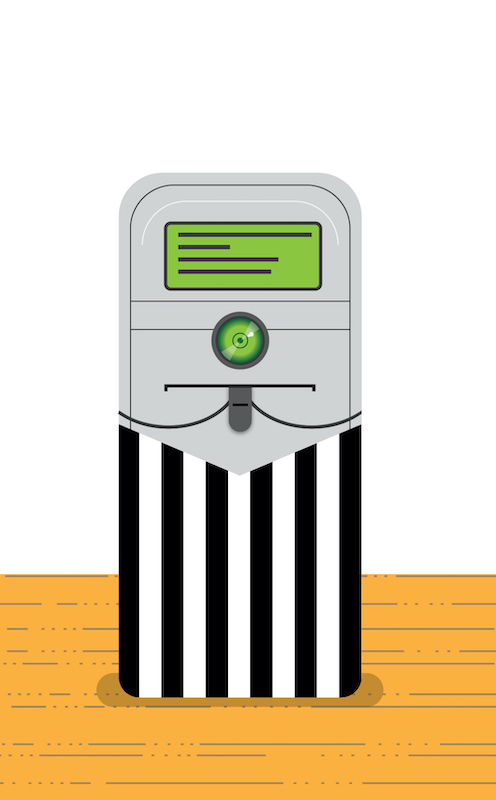“Bad Indian” is many things. In the Trump era, it might read as a powerful expression of Native identity in a nation that seems intent on erasing those experiences. One might trace author J.C. Mehta’s life story through these pages, reading the book as a kind of poetic memoir.
However, more than a simple political statement or autobiography, “Bad Indian” expresses in a raw, personal way what it means to be Native and look white, and what it means to never really belong anywhere. It expresses what it means to be disconnected from one’s heritage and to be met with furrowed brows and strange looks, and to be called a “Pretendian” by fellow Natives. It expresses what it means to be surrounded on all sides by a hostile world baffled by one’s mere existence.
It explores the ups and downs of love, loss, crisis and reconciliation—the broad strokes of which we all share, but which shine forth most clearly when told from the singular, visceral lens of lived experience. “Bad Indian” is a book about life.
An author, poet and novelist, Mehta has written much about her experience as an indigenous woman and a citizen of the Cherokee Nation. Her previous works include “Gimme the Familiars,” a retelling of Cherokee myths, and “Savagery,” an collection of poetry on indigenous life in post-colonial America. Mehta has been writing poetry since first grade—“as long as I could write”—and says it’s her “best form of communication.” She writes novels and other books too, but they “weren’t as organic… they felt a lot more like a different kind of work than poetry is.”
She is a native Oregonian, and gets much of her inspiration from the landscape of the Pacific Northwest. The coronavirus pandemic hasn’t changed her work schedule much, but she says her “inspiration”—a word she’s hesitant to use—“came of naturally… being in the woods, specifically in the Pacific Northwest outdoors.” You can sense some of the Northwest in the breezy, cozy style of her writing. Some poems instantly transport you to the shores of Cannon Beach in late summer, while others bring you to the cool urban hiking trails of early spring.
The image on the cover of “Bad Indian” is a red painted handprint, representing the Missing and Murdered Indigenous Women movement. MMIW calls attention to the vast disparities facing Native women, who are murdered at 10 times the national average rate—mostly by non-Native men—and die from every major cause other than Alzheimer’s disease at a higher rate as well. One poem, “mURDERED & mISSING iNDIGENOUS wOMEN,” is written in a memorable lipogram style, where the stanzas spell out the phrase “murdered and missing indigenous women.” Mehta uses her voice and her experiences throughout the book to bring focus to the epidemic of death faced by Native women on all sides.
Eating and food play a major role in Mehta’s worldview, and it shows in her poetry. She details her struggles with anorexia in poems such as “How I Like My Women:” “I like my women slight and frail, bones / hollowly light, ribcages pressed / like prison bars against the skin…that remind me of how exquisite we are / and of all I’ll never be.”
But food can also be a point of triumph, and of love, as in “Eating:” “A man makes love the way he eats, you / always devoured the daal / like a starving animal, thick fingers / yellowed with turmeric…Afterward, you did the same / to me, tearing at my flesh, hungry / and never sated.” The use of food to symbolize love, or lack thereof, for oneself and others runs strong through the book.
The most prominent theme in “Bad Indian” is the one that inspired the title. Mehta’s experience as a Native who looks white is the driving force for this collection. She writes of her alienation from her heritage in “Rezervations,” where she recalls she was “reserved, too quiet, too white, and I left / my shoes on indoors.”
The book’s eponymous poem describes insults from both whites and Natives, one part reading, “Once an elder / vet spit on my wanting / cheekbones, my braids, that I didn’t know / Lakota.” Mehta is “half-Cherokee, half-white,” and has said she can “pass” for white much of the time. As she writes, her “Indian summers were literal,” because she didn’t grow up on the reservation, only spending summers there.
“Bad Indian” is reflective of her experience of never “belonging” anywhere fully, and her feelings of being a “bad Indian” for not being fully integrated with her heritage or the Native community. That feeling of “straddling two different worlds” comes through in her poetry, in the oscillations between themes and the different contexts one idea can exist in at once.
Food becomes a punishment in one case, and a vessel for warmth and love in another. Identity can be a cudgel to tear one down or an invitation to be part of a community. Mehta’s poetry straddles the line between these extremes effortlessly, and gives us a glimpse into what it’s like to be half-Cherokee, half-white.




